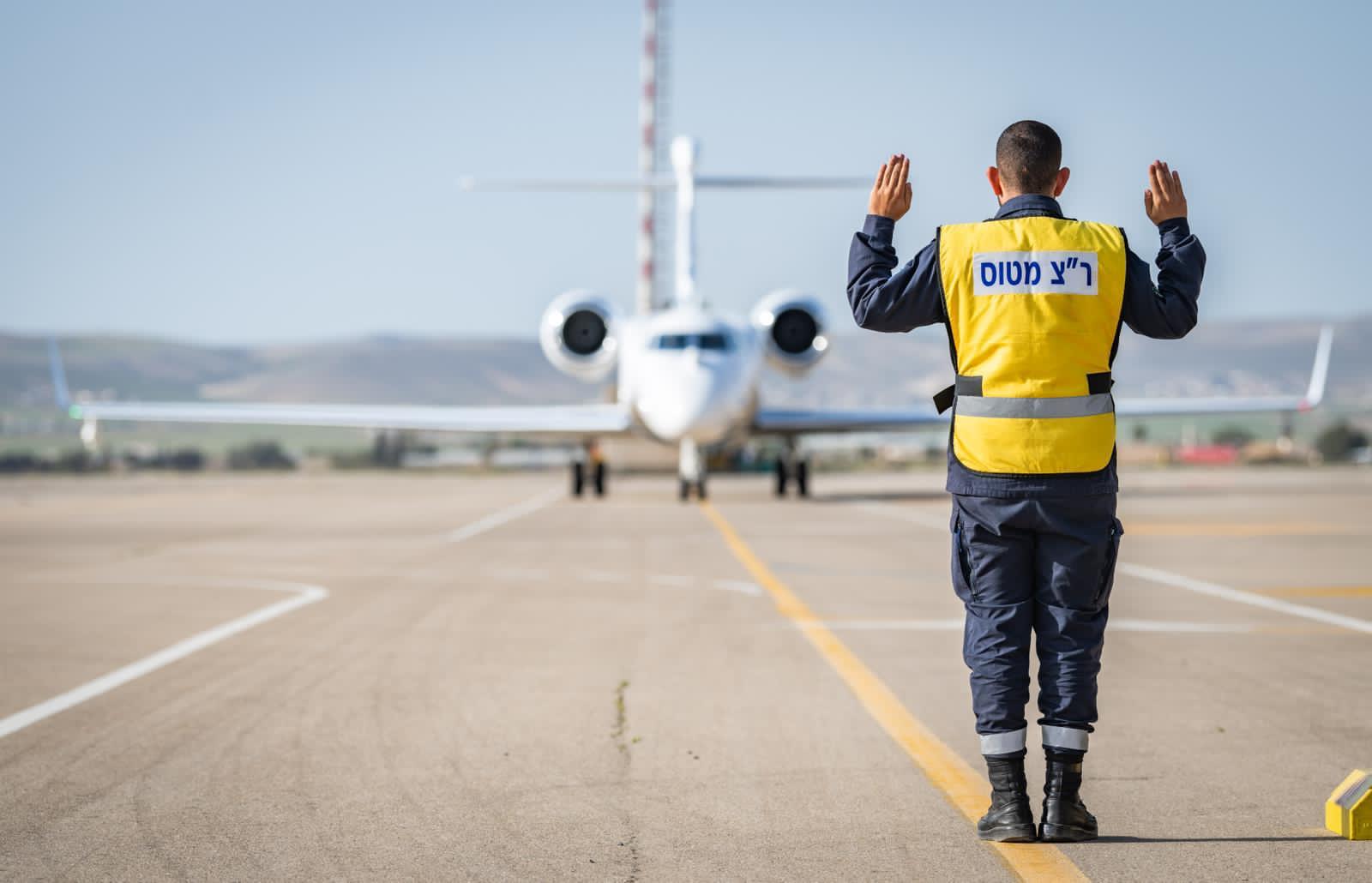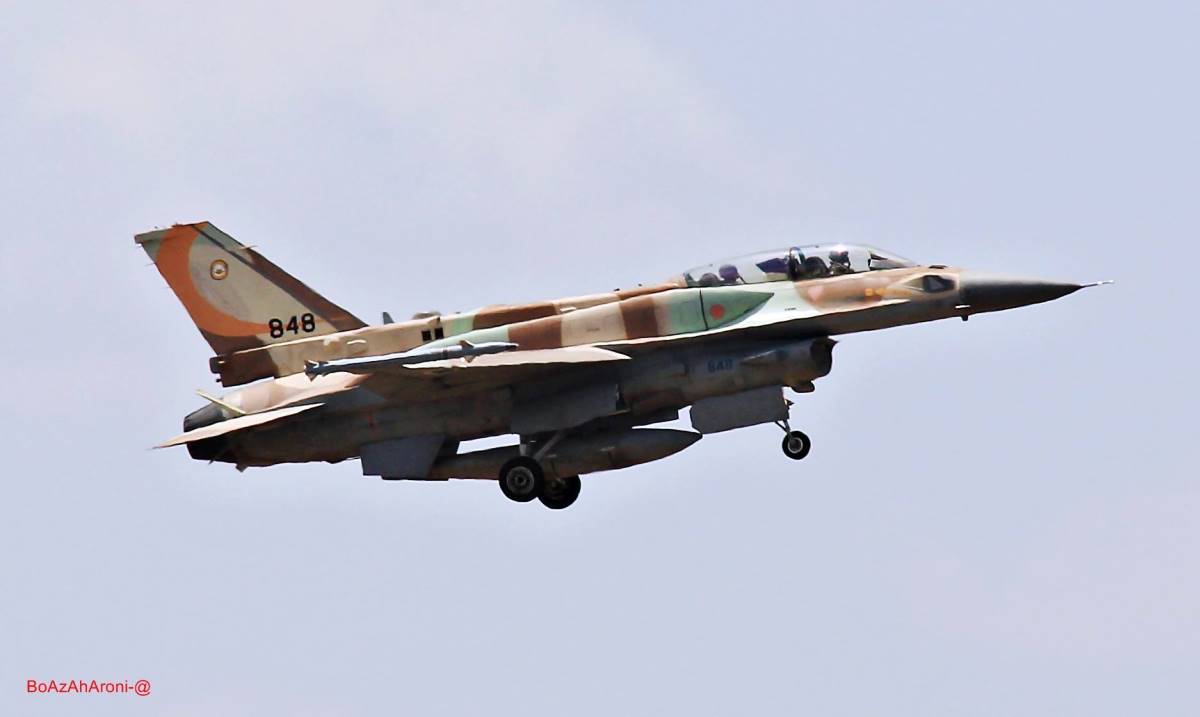Big_Zucchini
Well-Known Member
A recent air defense drill tested all current tiers of Israel's air defenses, against a very wide variety of threats.

 www.timesofisrael.com
www.timesofisrael.com
The air defense array consists of 4 layers, from C-RAM up to ICBM-killers.
Iron Dome - SHORAD/MRAD, C-RAM, anti-LRR.
Tested against mortars (most if not all missile based C-RAM can't really defeat mortars), UAVs, and even heavy rockets with 250km range.
David's Sling - MRAD/LRAD, BMD, anti-CM.
Lower spectrum tests unknown. Defeated 700km range ballistic missiles. Said to defeat advanced SRBMs like Iskander, and potentially MRBMs.
Arrow 2 - BMD for SRBMs up to LRBMs.
Arrow 3 - BMD for ICBMs.
So except for the Arrow 3 which uses a special warhead design suitable only for exo-atmospheric flight, all layers appear to have a good amount of overlap.
In addition, the IDF operates Patriot missiles in roughly the same layer as the David's Sling, to provide commonality with potentially assisting US forces, ability to resupply from allies.
The big news is that the test included cruise missiles, which is important for 2 reasons:
1)The Iron Dome was bought by the US specifically to protect against cruise missiles. It would not save money as the US will conduct its own tests, but it will raise American confidence in the system.
2)Iranian proxies have gained an even greater degree of access to cruise missiles, particularly those who have some unexplained beef with Israel like the Houthis (I mean, just look at their flag).
Previously, only Hezbollah had cruise missiles (Yakhont), and even then it was assumed most or all were destroyed in an Israeli naval operation.
Iranian cruise missiles also have the potential to reach Israel.
If they continue extending their range like they always do, soon enough it will become a practical capability.
As said, the IDF currently has 4 layers, but plans to maintain at least 5 layers which will include an added laser system as VSHORAD, and create a variant of the Iron Dome for maneuvering forces.
On top of that, the Israeli Navy can potentially deploy ships to Israel's north to protect against high end threats with its long range Barak 8 missiles.

Israel stages major air defense drill, proving it can shoot down cruise missiles
Declaring a world first, Defense Ministry pits all three tiers of its system against various threats, demonstrating a 'capability that currently only Israel has'
The air defense array consists of 4 layers, from C-RAM up to ICBM-killers.
Iron Dome - SHORAD/MRAD, C-RAM, anti-LRR.
Tested against mortars (most if not all missile based C-RAM can't really defeat mortars), UAVs, and even heavy rockets with 250km range.
David's Sling - MRAD/LRAD, BMD, anti-CM.
Lower spectrum tests unknown. Defeated 700km range ballistic missiles. Said to defeat advanced SRBMs like Iskander, and potentially MRBMs.
Arrow 2 - BMD for SRBMs up to LRBMs.
Arrow 3 - BMD for ICBMs.
So except for the Arrow 3 which uses a special warhead design suitable only for exo-atmospheric flight, all layers appear to have a good amount of overlap.
In addition, the IDF operates Patriot missiles in roughly the same layer as the David's Sling, to provide commonality with potentially assisting US forces, ability to resupply from allies.
The big news is that the test included cruise missiles, which is important for 2 reasons:
1)The Iron Dome was bought by the US specifically to protect against cruise missiles. It would not save money as the US will conduct its own tests, but it will raise American confidence in the system.
2)Iranian proxies have gained an even greater degree of access to cruise missiles, particularly those who have some unexplained beef with Israel like the Houthis (I mean, just look at their flag).
Previously, only Hezbollah had cruise missiles (Yakhont), and even then it was assumed most or all were destroyed in an Israeli naval operation.
Iranian cruise missiles also have the potential to reach Israel.
If they continue extending their range like they always do, soon enough it will become a practical capability.
As said, the IDF currently has 4 layers, but plans to maintain at least 5 layers which will include an added laser system as VSHORAD, and create a variant of the Iron Dome for maneuvering forces.
On top of that, the Israeli Navy can potentially deploy ships to Israel's north to protect against high end threats with its long range Barak 8 missiles.


